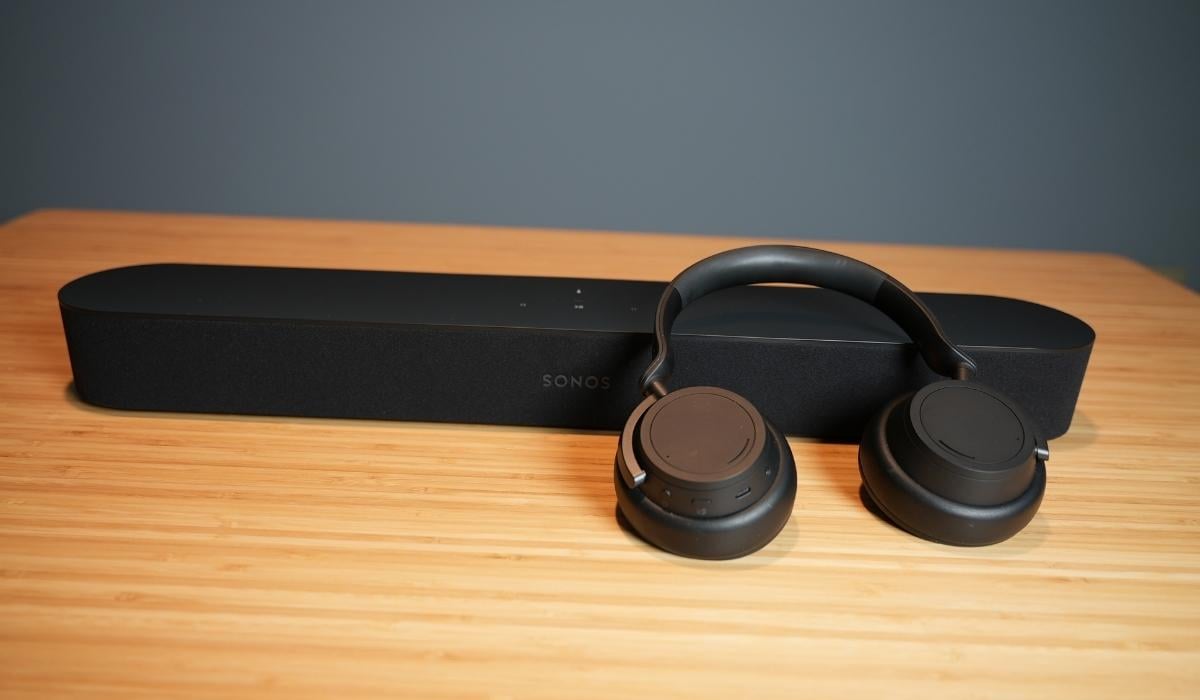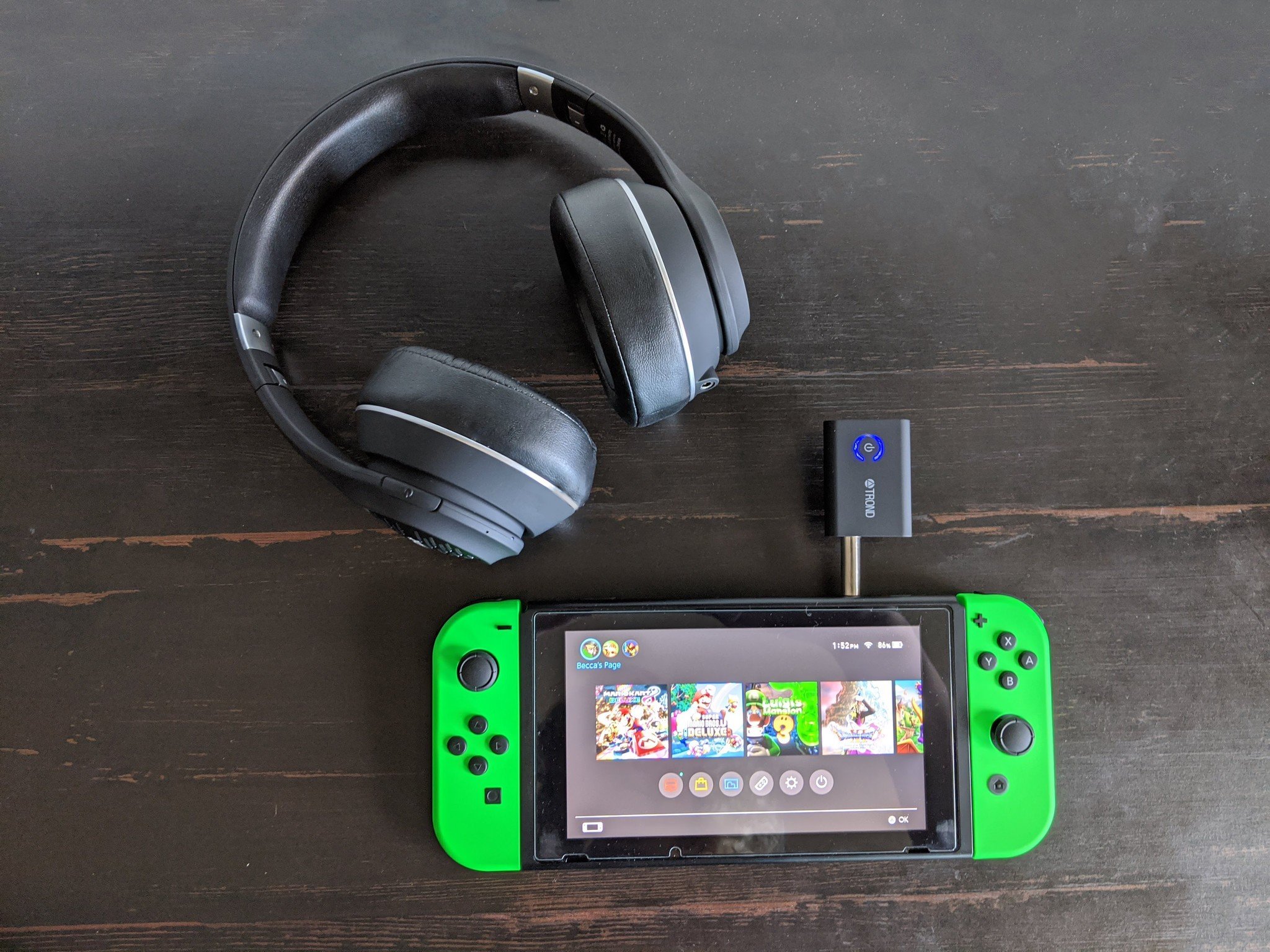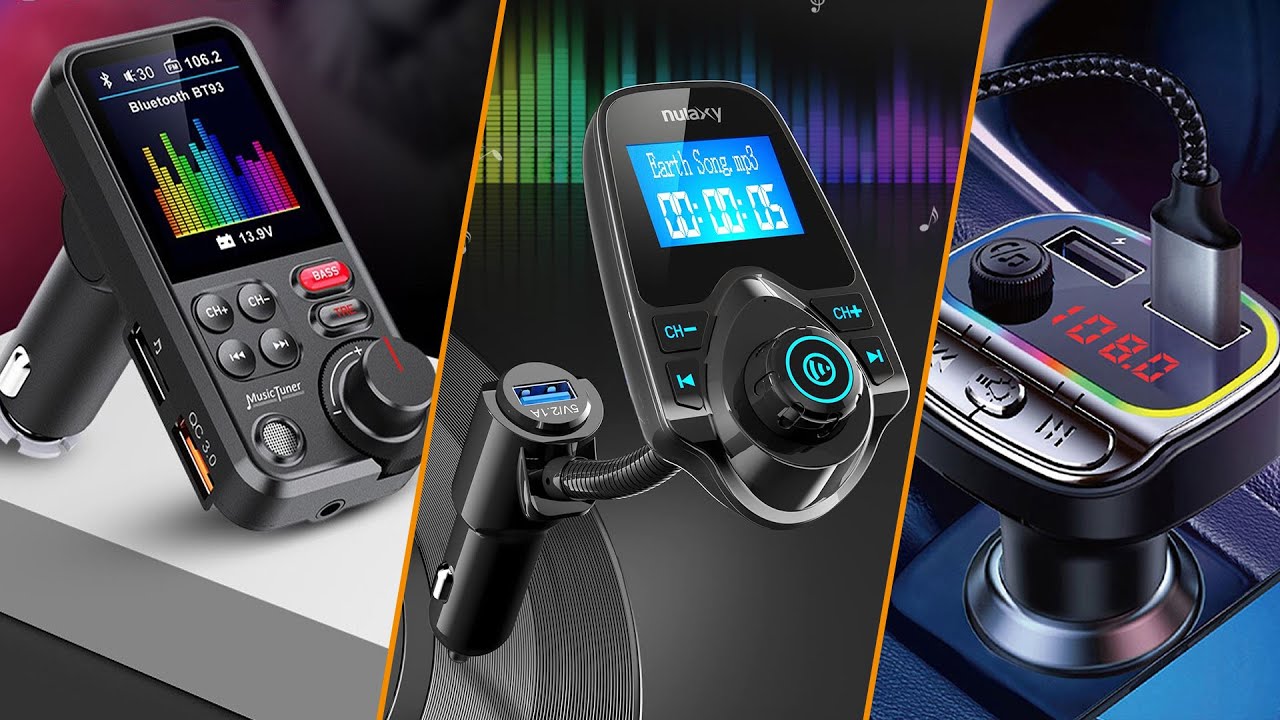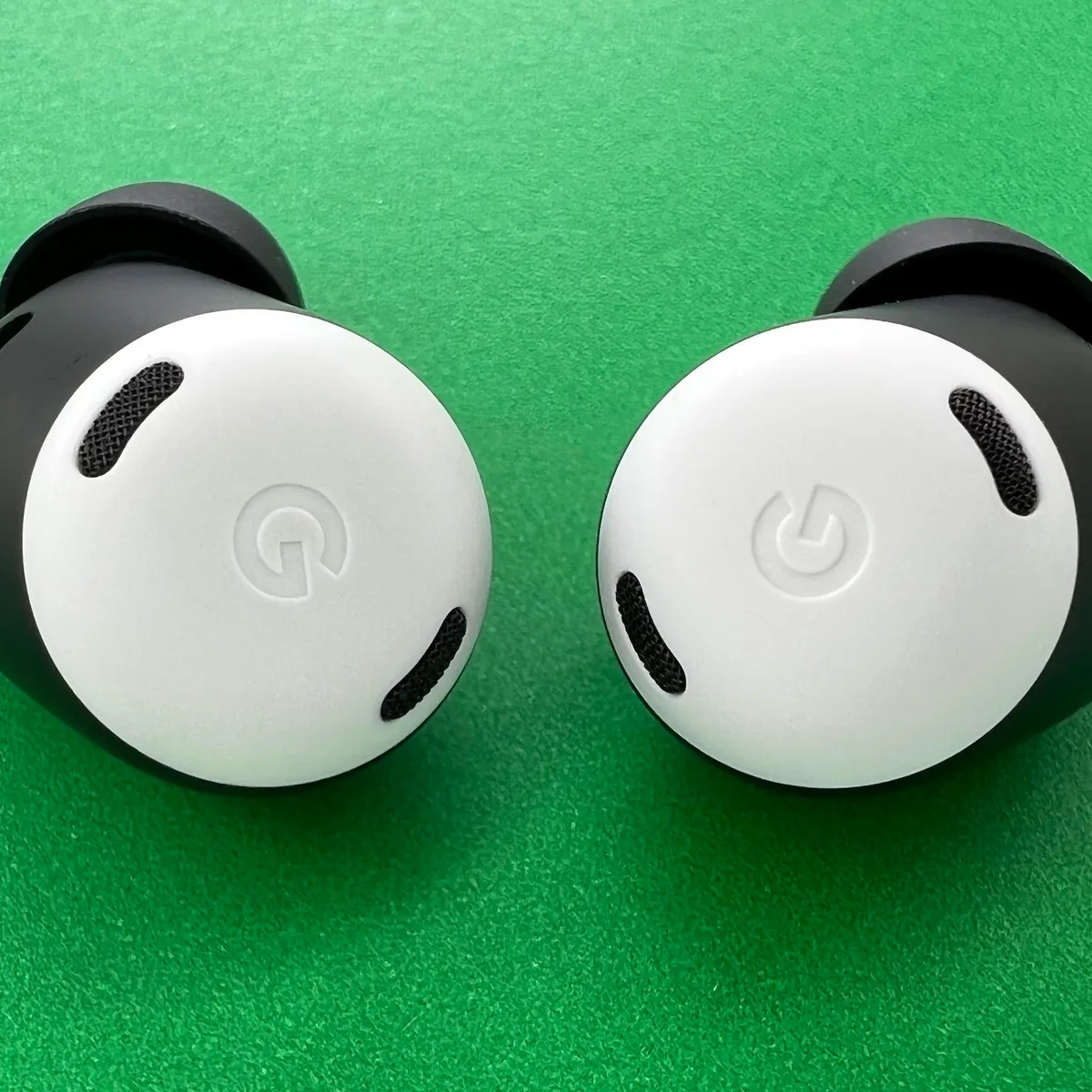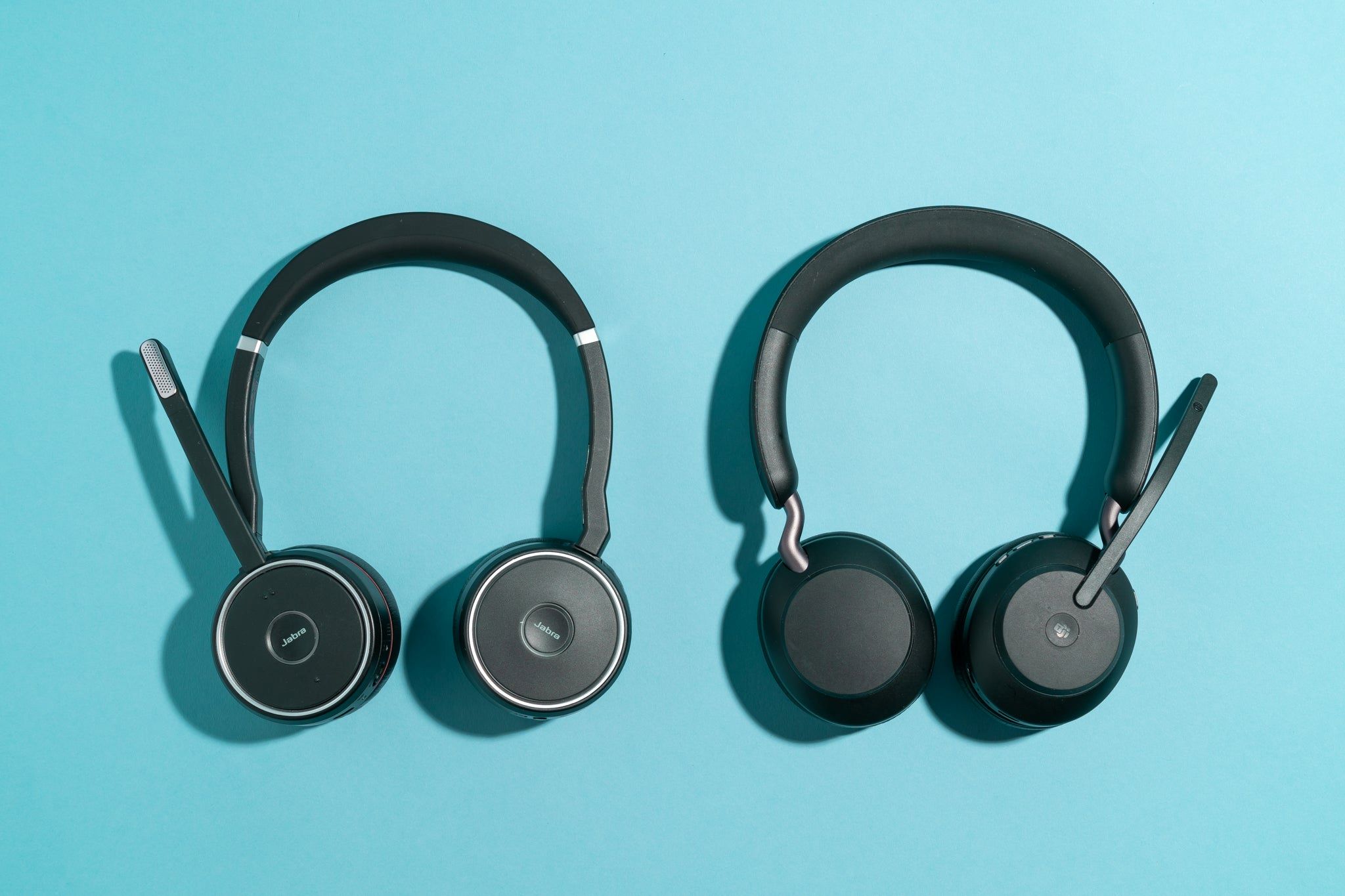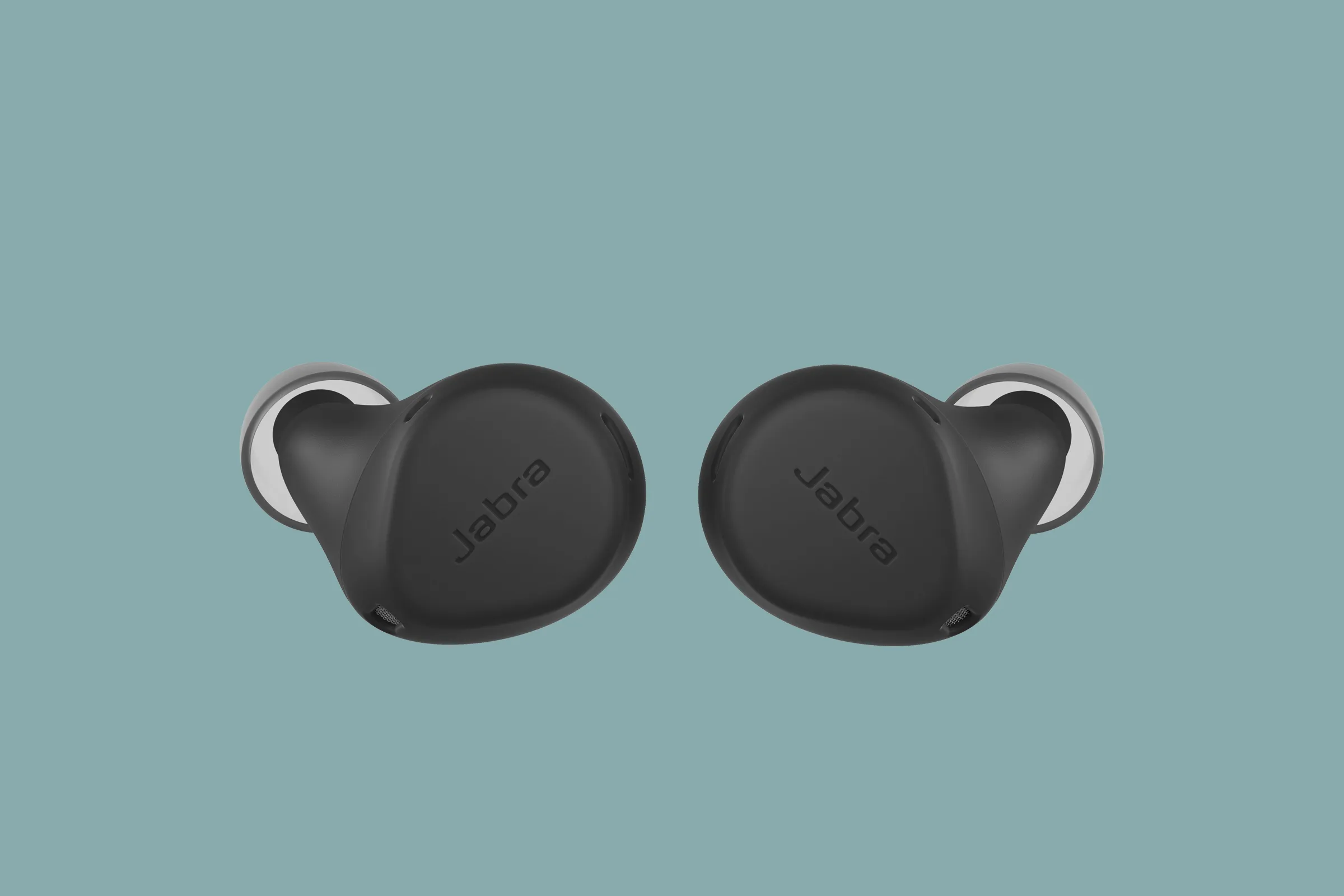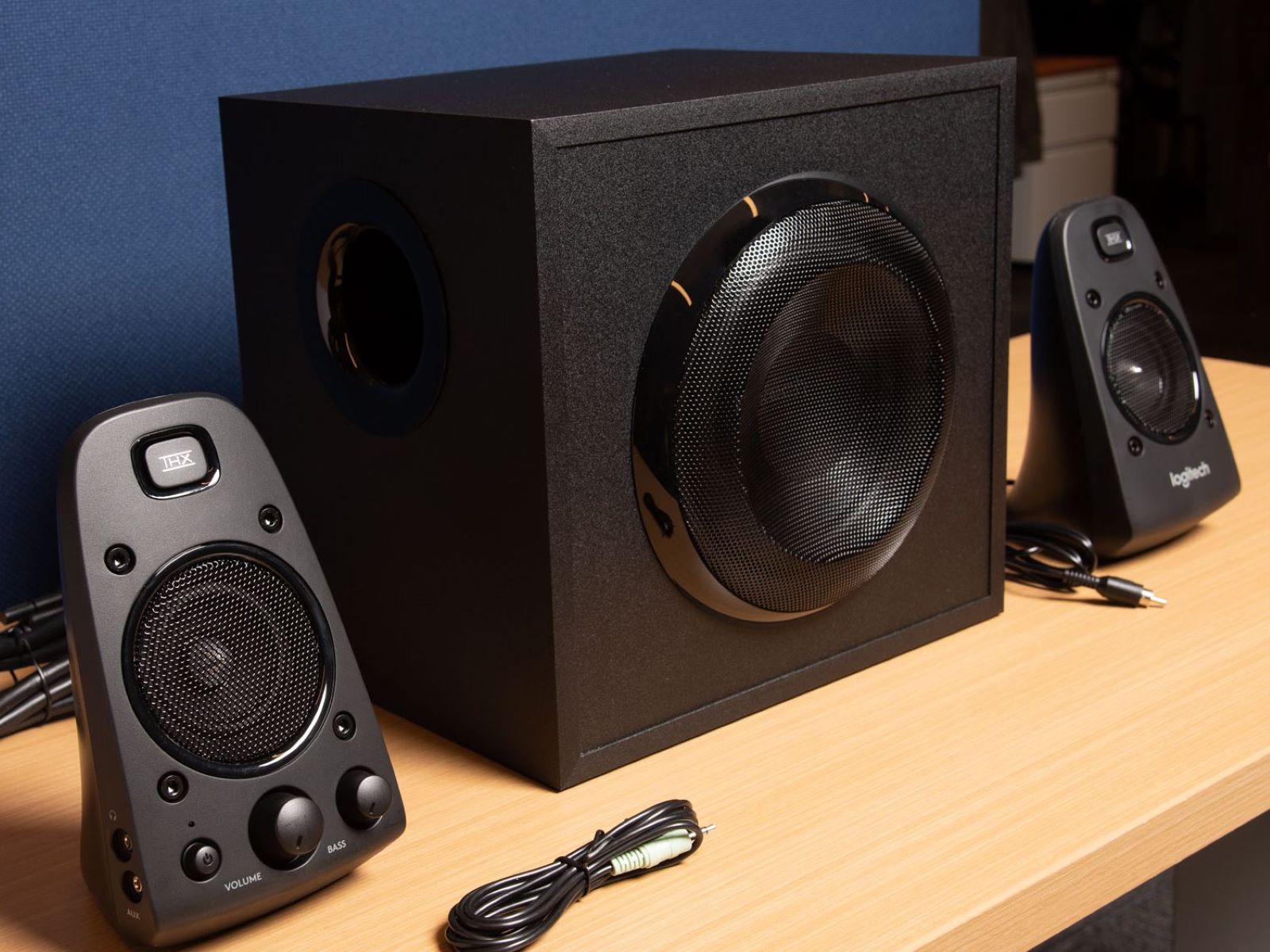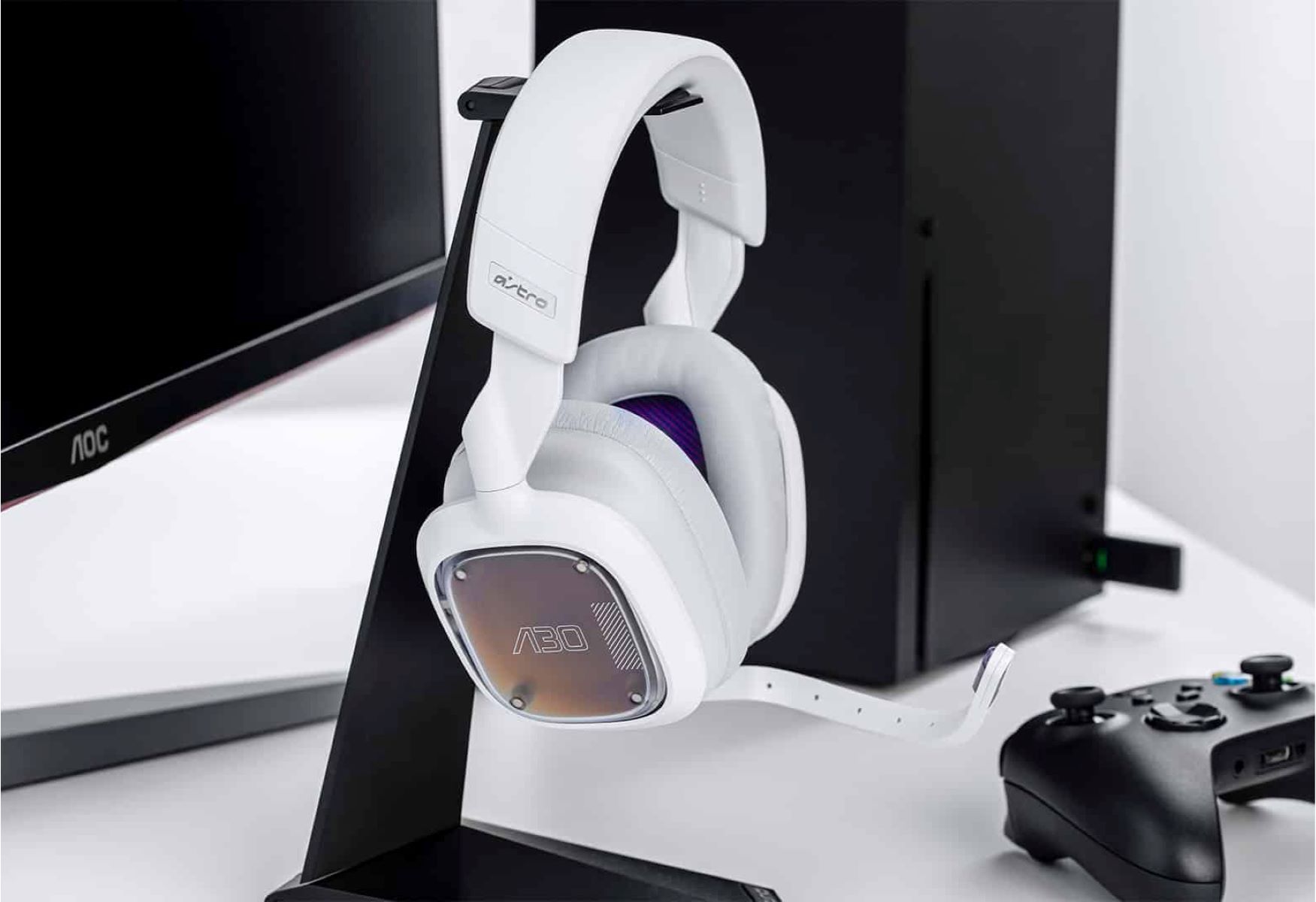Introduction
Dual audio, the ability to use both speakers and a headset simultaneously, is a highly sought-after feature in the world of gadgets. Whether you're a music enthusiast who wants to share your favorite tunes with friends while enjoying a private listening experience, a gamer seeking to communicate with teammates while still being immersed in the game's audio, or someone who simply wants the flexibility to switch between audio output devices seamlessly, the concept of dual audio holds immense appeal.
In this comprehensive guide, we will explore the intricacies of enabling dual audio functionality across various platforms, including Windows, Mac, Android, and iOS. By the end of this article, you will have a clear understanding of how to set up dual audio on your preferred device, empowering you to harness the full potential of this versatile feature.
Dual audio not only offers practical benefits but also adds a layer of convenience to our daily interactions with technology. Imagine being able to listen to your favorite podcast through your device's speakers while effortlessly switching to a connected Bluetooth headset when you need to move around without disrupting the audio. This seamless transition between audio output sources underscores the adaptability and user-centric design that modern gadgets strive to offer.
As we delve into the intricacies of setting up dual audio on different devices, it's important to note that this feature represents a harmonious blend of innovation and user experience. By embracing the capabilities of dual audio, you can personalize your audio experience to suit your specific needs and preferences, whether you're multitasking, collaborating with others, or simply indulging in your favorite media.
Join us on this enlightening journey as we unravel the nuances of dual audio across various platforms, empowering you to make the most of this cutting-edge functionality and enhance your overall audio experience.
Understanding Dual Audio
Dual audio, as the name suggests, refers to the capability of a device to simultaneously output audio to two different sources. This functionality allows users to enjoy audio through both the built-in speakers and an external audio output device, such as headphones or a Bluetooth headset. The versatility of dual audio extends beyond mere convenience, offering a dynamic and adaptable audio experience that caters to diverse user preferences and scenarios.
The concept of dual audio is particularly valuable in scenarios where users desire a blend of shared and private listening experiences. For instance, in a social setting, one might want to share music or audio from a device's speakers with others while also being able to listen privately through a headset. This capability facilitates seamless transitions between audio output sources, ensuring a smooth and uninterrupted user experience.
In the realm of gaming, dual audio holds significant utility, allowing players to receive game audio through speakers while using a headset for communication with teammates. This setup enables gamers to stay fully immersed in the game's audio effects while engaging in real-time communication, enhancing the overall gaming experience.
Moreover, in professional settings, dual audio can facilitate multitasking and collaboration. For instance, in a conference call, a user might need to share audio with colleagues in the room while simultaneously using a headset to engage in a private discussion without disrupting the main audio output.
The adaptability of dual audio also extends to scenarios where users need to swiftly switch between audio output devices based on their surroundings or activities. Whether it's seamlessly transitioning from speakers to headphones when moving from a shared space to a private area, or quickly toggling between audio sources to accommodate changing needs, the flexibility of dual audio offers a personalized audio experience.
In essence, dual audio represents a convergence of practicality and user-centric design, catering to a wide array of user preferences and usage scenarios. By understanding the nuances of dual audio, users can leverage this feature to tailor their audio experiences to specific contexts, whether for entertainment, communication, productivity, or seamless transitions in diverse environments.
Setting up Dual Audio on Windows
Enabling dual audio functionality on a Windows system involves navigating through the audio settings to configure the simultaneous use of speakers and a headset. Follow these steps to set up dual audio on your Windows device:
-
Access Sound Settings: Begin by right-clicking on the speaker icon in the system tray located at the bottom right corner of the screen. Select "Open Sound settings" to access the audio settings panel.
-
Select Output Devices: In the Sound settings, locate the "Output" section, which lists the available audio output devices. Here, you should see options such as speakers, headphones, and other connected audio devices. Select the primary output device, typically the speakers, as the default audio output.
-
Configure App-Specific Output: Some applications allow users to specify the output device independently. For instance, in music or video player apps, you may find settings to choose the audio output device. Configure these settings to ensure that the desired audio output device is selected for each application.
-
Connect the Headset: If you are using a wired headset, simply plug it into the appropriate audio jack on your computer. For wireless headsets, ensure that they are paired and connected to your Windows device via Bluetooth.
-
Adjust Sound Control Panel Settings: For more advanced configuration, you can access the Sound Control Panel by right-clicking on the speaker icon and selecting "Open Sound settings." In the Sound Control Panel, navigate to the "Playback" tab and set the headset as the default communication device. This step allows for the simultaneous use of speakers and the headset.
-
Test Dual Audio: To ensure that dual audio is functioning as intended, play audio through the speakers and verify that the sound is audible. Next, switch to the headset and confirm that audio is being transmitted through the headset without interrupting the speaker output.
By following these steps, you can successfully set up dual audio on your Windows device, allowing you to enjoy simultaneous audio output through both speakers and a headset. This versatile configuration empowers you to seamlessly transition between audio output sources based on your preferences and usage scenarios, enhancing your overall audio experience on Windows.
Setting up Dual Audio on Mac
Enabling dual audio functionality on a Mac system involves configuring the audio settings to allow simultaneous output through both the built-in speakers and a connected headset. Follow these steps to set up dual audio on your Mac:
-
Access Sound Preferences: Begin by clicking on the Apple logo in the top-left corner of the screen and selecting "System Preferences" from the dropdown menu. In the System Preferences window, locate and click on "Sound" to access the audio settings.
-
Select Output Devices: In the Sound preferences, navigate to the "Output" tab, which displays the available audio output devices. Here, you should see options such as "Internal Speakers" and any connected external audio devices. Select the primary output device, typically the internal speakers, as the default audio output.
-
Connect the Headset: If you are using a wired headset, simply plug it into the headphone jack or the appropriate USB port on your Mac. For wireless headsets, ensure that they are paired and connected to your Mac via Bluetooth. Once connected, the headset should appear as an available output device in the Sound preferences.
-
Configure App-Specific Output: Some applications on Mac allow users to independently select the output device for audio playback. For instance, in music or video player apps, you may find settings to choose the audio output device. Configure these settings within individual applications to ensure that the desired audio output device, whether speakers or headset, is selected for each application.
-
Adjust Audio MIDI Setup: For more advanced configuration, you can utilize the Audio MIDI Setup utility on your Mac. To access this tool, navigate to Applications > Utilities > Audio MIDI Setup. Here, you can create a multi-output device that combines the built-in output (speakers) with the headset output. This setup allows for simultaneous audio output through both sources.
-
Test Dual Audio: To verify that dual audio is functioning as intended, play audio through the internal speakers and confirm that the sound is audible. Next, switch to the connected headset and ensure that audio is being transmitted through the headset without interrupting the speaker output.
By following these steps, you can successfully set up dual audio on your Mac, enabling the simultaneous use of both the built-in speakers and a connected headset. This configuration provides the flexibility to seamlessly switch between audio output sources based on your preferences and specific usage scenarios, enhancing your overall audio experience on macOS.
Setting up Dual Audio on Android
Setting up dual audio functionality on an Android device involves leveraging the built-in capabilities of the operating system to enable simultaneous audio output through the device's speakers and a connected headset or Bluetooth audio device. Follow these steps to set up dual audio on your Android device:
-
Access Sound Settings: Begin by accessing the device's settings menu. Depending on the Android device model and version, the location of the sound settings may vary. Typically, you can find the sound settings under "Settings" > "Sound" or "Settings" > "Sounds and vibration."
-
Select Audio Output: In the sound settings, navigate to the "Audio Output" or "Sound Output" section. Here, you should find options to manage audio output devices, including the built-in speakers and any connected audio devices such as wired headphones or Bluetooth headsets.
-
Enable Dual Audio: Look for an option that allows you to enable dual audio or multiple audio outputs. On some Android devices, this feature may be labeled as "Dual Audio," "Audio Multi-Output," or something similar. Once located, enable this feature to activate the simultaneous use of the device's speakers and the connected audio device.
-
Connect the Headset or Bluetooth Device: If you are using wired headphones, simply plug them into the device's headphone jack or USB-C port, depending on the device's configuration. For Bluetooth headsets or speakers, ensure that they are paired and connected to your Android device via the Bluetooth settings.
-
Configure App-Specific Output: Certain apps on Android offer the flexibility to independently select the audio output device for playback. For instance, music streaming apps and video players may have settings to choose the audio output device. Configure these settings within individual apps to ensure that the desired audio output device, whether speakers or headset, is selected for each app.
-
Test Dual Audio: To verify that dual audio is functioning as intended, play audio through the device's speakers and confirm that the sound is audible. Next, switch to the connected headset or Bluetooth device and ensure that audio is being transmitted through the headset without interrupting the speaker output.
By following these steps, you can successfully set up dual audio on your Android device, allowing you to enjoy simultaneous audio output through both the built-in speakers and a connected headset or Bluetooth audio device. This versatile configuration provides the flexibility to seamlessly switch between audio output sources based on your preferences, enhancing your overall audio experience on Android.
Setting up Dual Audio on iOS
Enabling dual audio functionality on an iOS device involves configuring the audio settings to allow simultaneous output through both the device's built-in speakers and a connected headset or Bluetooth audio device. Follow these steps to set up dual audio on your iOS device:
-
Access Sound Settings: Begin by unlocking your iOS device and navigating to the "Settings" app on the home screen. In the Settings menu, scroll down and tap on "Bluetooth" to access the Bluetooth settings. Ensure that Bluetooth is turned on and that your desired audio output device, such as a Bluetooth headset or speakers, is paired and connected to your iOS device.
-
Select Audio Output: After ensuring that your Bluetooth audio device is connected, return to the main Settings menu and tap on "Sounds & Haptics" or "Sounds." Here, you can manage the sound and audio output settings for your iOS device.
-
Enable Dual Audio: In the sound settings, look for an option that allows you to enable dual audio or multiple audio outputs. On iOS devices, this feature may be labeled as "Audio Routing," "Audio Output," or similar terms. Once located, enable this feature to activate the simultaneous use of the device's speakers and the connected Bluetooth audio device.
-
Connect the Bluetooth Device: Ensure that your Bluetooth headset or speakers are paired and connected to your iOS device via the Bluetooth settings. Once connected, the Bluetooth audio device should appear as an available output option in the sound settings.
-
Configure App-Specific Output: Certain apps on iOS offer the flexibility to independently select the audio output device for playback. For instance, music streaming apps and video players may have settings to choose the audio output device. Configure these settings within individual apps to ensure that the desired audio output device, whether speakers or Bluetooth device, is selected for each app.
-
Test Dual Audio: To verify that dual audio is functioning as intended, play audio through the device's built-in speakers and confirm that the sound is audible. Next, switch to the connected Bluetooth headset or speakers and ensure that audio is being transmitted through the Bluetooth device without interrupting the speaker output.
By following these steps, you can successfully set up dual audio on your iOS device, allowing you to enjoy simultaneous audio output through both the built-in speakers and a connected Bluetooth headset or speakers. This versatile configuration provides the flexibility to seamlessly switch between audio output sources based on your preferences, enhancing your overall audio experience on iOS.
Conclusion
In conclusion, the concept of dual audio represents a significant advancement in audio technology, offering users the flexibility to simultaneously utilize both the built-in speakers and a connected headset or audio device. This versatile functionality extends across various platforms, including Windows, Mac, Android, and iOS, empowering users to tailor their audio experiences to suit diverse scenarios and preferences.
The ability to seamlessly transition between audio output sources, whether for shared listening, private enjoyment, gaming, communication, or multitasking, underscores the practicality and user-centric design of dual audio. By harnessing this feature, individuals can enhance their overall audio experiences, fostering a dynamic and adaptable approach to consuming media, engaging in communication, and interacting with technology.
Furthermore, the setup process for dual audio on different devices involves navigating through specific audio settings to configure simultaneous audio output. Whether it's adjusting sound preferences on a Mac to enable dual audio or accessing the sound settings on an Android device to activate this feature, the steps outlined in this guide provide users with the knowledge and tools to leverage dual audio effectively.
By understanding and implementing dual audio capabilities, users can seamlessly switch between audio sources based on their immediate needs, whether they are in a social setting, gaming environment, professional context, or simply seeking a personalized audio experience. This level of adaptability and control over audio output sources exemplifies the intersection of innovation and user convenience, enriching the overall usage of gadgets and devices.
As technology continues to evolve, the integration of features like dual audio reflects a commitment to enhancing user experiences and accommodating diverse usage scenarios. The ability to harness the full potential of dual audio not only amplifies the enjoyment of media and communication but also exemplifies the ongoing pursuit of user-centric design and functionality in the realm of gadgets and devices.
In essence, the adoption of dual audio represents a significant stride in personalizing and optimizing the audio experiences across various platforms, empowering users to seamlessly navigate between shared and private listening environments while embracing the adaptability that modern technology offers.







